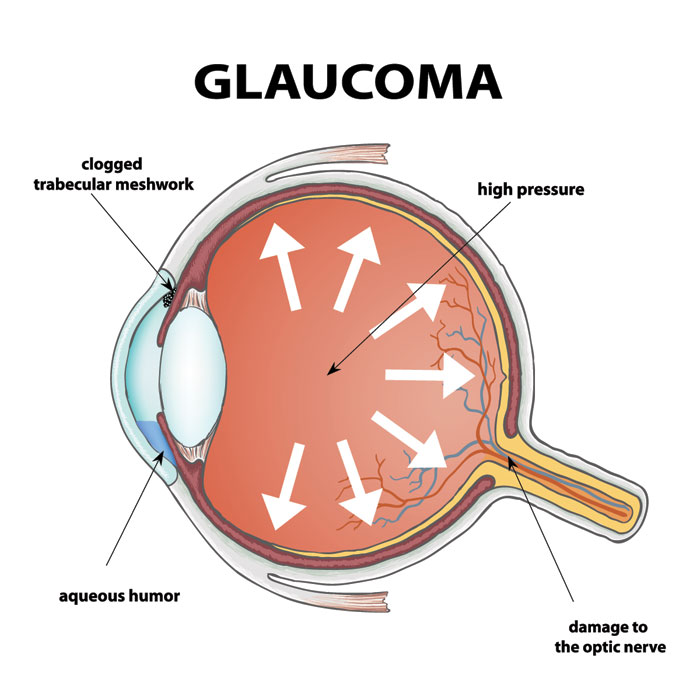Understanding Glaucoma: Revealing the Most Serious Type
Introduction
Glaucoma is a group of eye diseases that primarily damage the optic nerve, often caused by increased intraocular pressure. It is typically characterized by loss of peripheral vision and, if left untreated, can result in blindness. Among the types of glaucoma, such as open-angle and normal-tension glaucoma, there exists a particularly dangerous variant: closed-angle glaucoma. This type is considered the most serious due to its rapid onset and potential for immediate vision loss.
Explaining Closed-Angle Glaucoma
Also known as acute angle-closure glaucoma, closed-angle glaucoma is less common but significantly more threatening. Unlike open-angle glaucoma, which develops slowly, closed-angle glaucoma can occur suddenly. It often happens when the pupil dilates abruptly, blocking the eye’s drainage angles and causing a sharp increase in intraocular pressure.
This type is more prevalent among older adults, particularly those of Asian ethnicity or with a family history of glaucoma. Acute symptoms include severe eye pain, blurred vision, headache, and may be accompanied by nausea and vomiting. Immediate medical attention is critical if these signs appear.
Consequences of Untreated Closed-Angle Glaucoma
If not treated promptly, closed-angle glaucoma can lead to permanent vision loss and blindness within a short period. The sharp rise in intraocular pressure can inflict severe damage to the optic nerve, making early recognition and intervention essential.
Diagnosis
Diagnosing closed-angle glaucoma involves several critical examinations:
- Tonometry: Measures the intraocular pressure.
- Gonioscopy: Allows direct visualization of the eye’s drainage angle.
- Ophthalmoscopy: Examines the optic nerve for signs of glaucoma damage.
Accurate diagnosis helps ophthalmologists determine the most effective treatment to preserve vision.
Treatment Options
Treatment focuses on lowering intraocular pressure and preventing permanent vision loss.
- Medications: Eye drops and oral medications are used initially to quickly reduce pressure.
- Laser Therapy: Procedures such as laser iridotomy or iridoplasty create new drainage pathways.
- Surgery: In severe cases, interventions like trabeculectomy or glaucoma drainage devices may be necessary.
Prevention and Management
While closed-angle glaucoma cannot be fully prevented, risk reduction is possible through:
- Lifestyle Modifications: Regular exercise, a healthy diet, and limiting caffeine intake can help maintain eye health.
- Regular Eye Checkups: Early detection allows for timely treatment and reduces the risk of irreversible vision loss.
The severity of closed-angle glaucoma highlights the importance of regular eye exams, especially for those at higher risk. Recognizing symptoms early and seeking immediate care can significantly improve outcomes, protecting both vision and overall quality of life.




